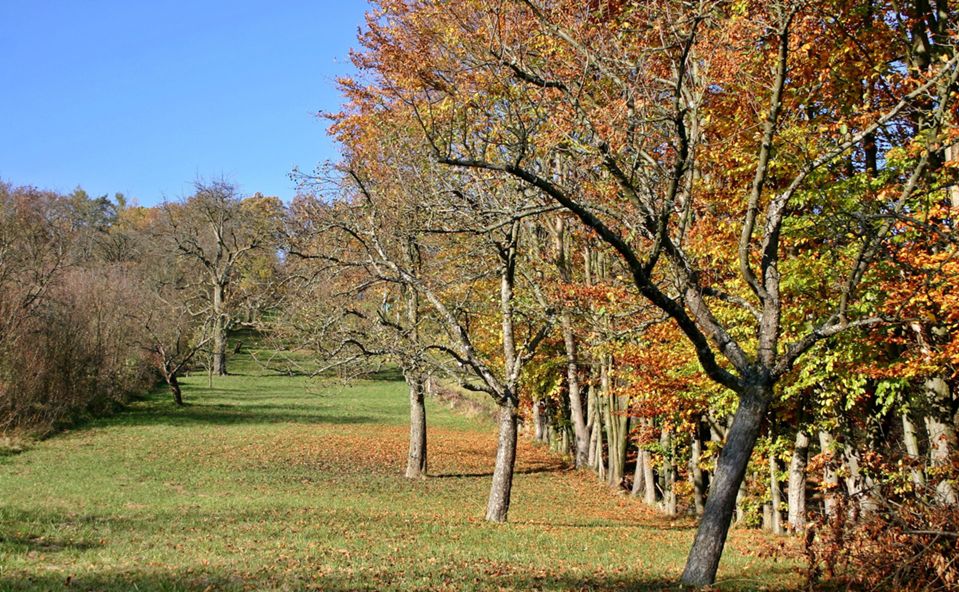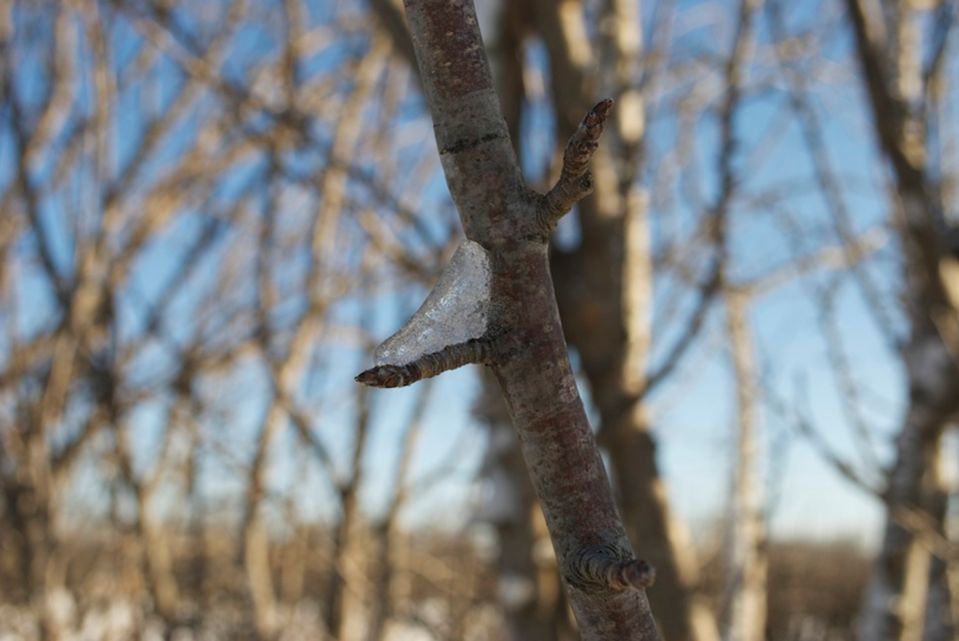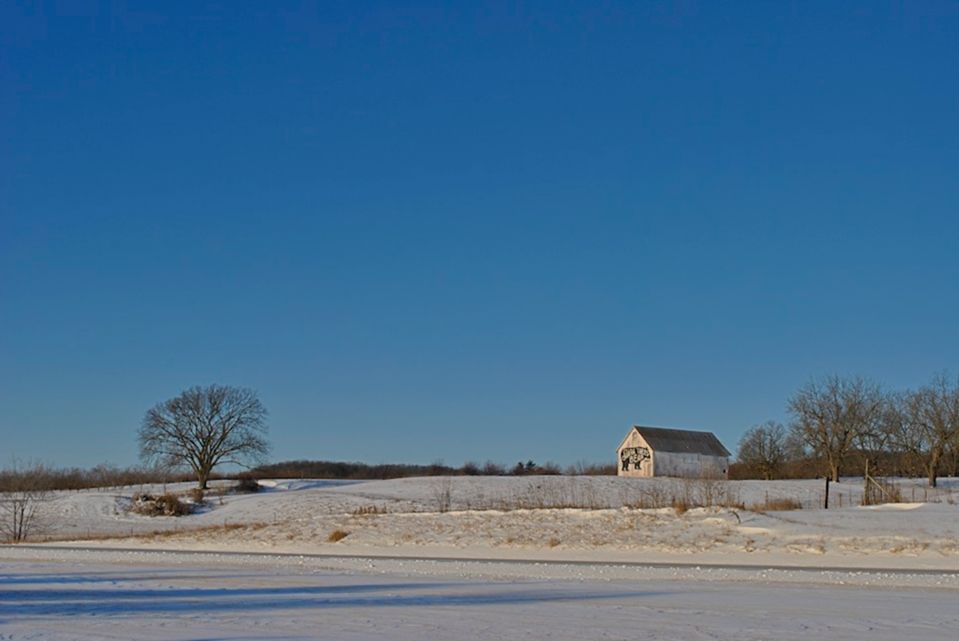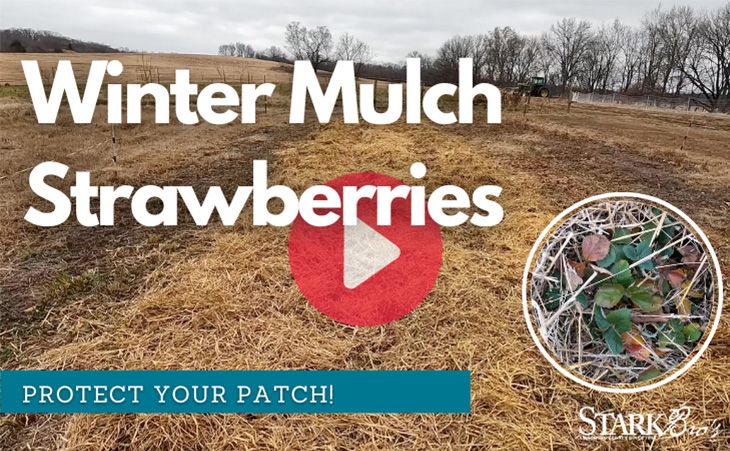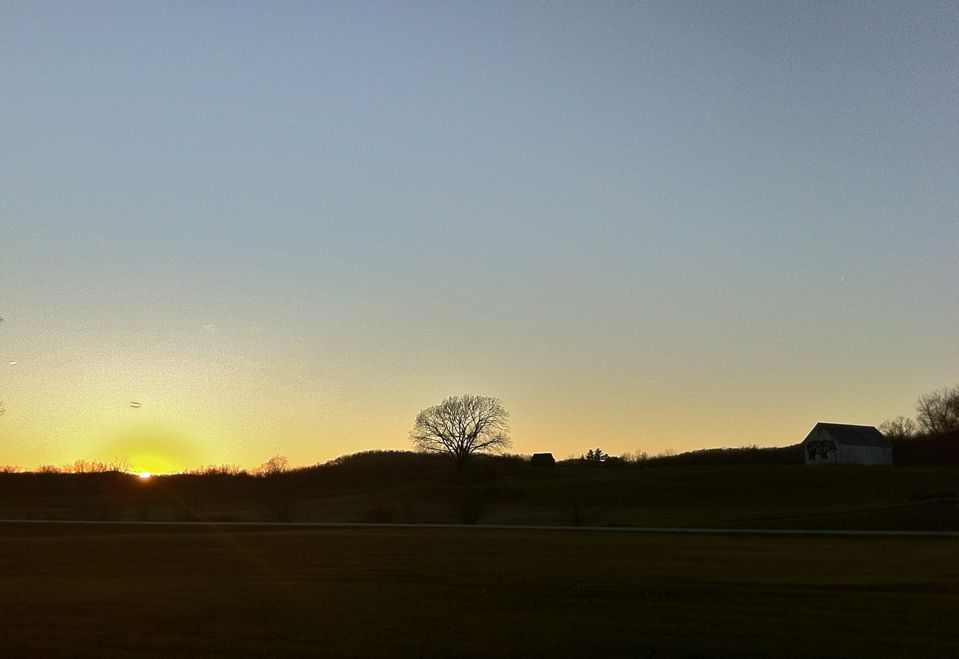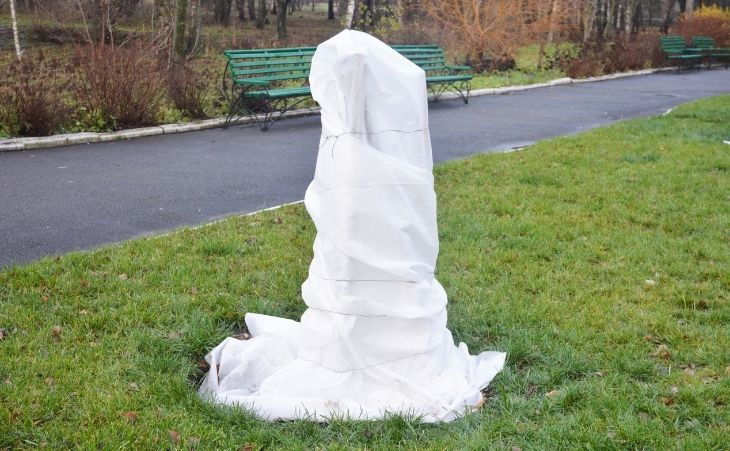Preparing Your Soil for Winter
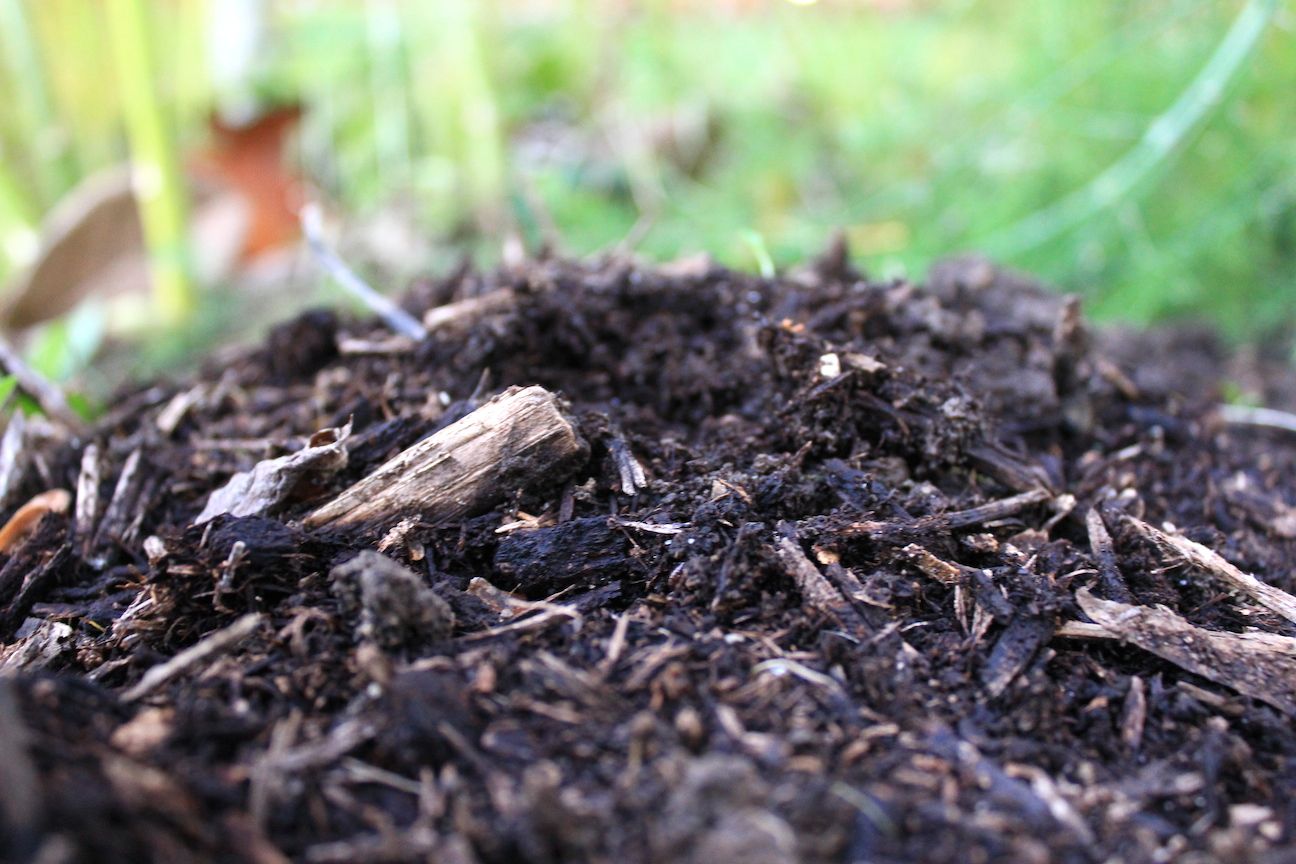
Whether you are growing ornamentals or edibles, preparing soil for winter is essential for year-round success in the home garden. Give this a try this fall!

Soil is the foundation for spectacular tree and plant growth for the home gardener. While each type of plant may have specific nutrient requirements, this overview will provide a few simple tips to preparing soil for winter with spring in mind.
Start Preparing Soil for Winter in Fall

Wait to remove weeds from large patches of soil until after the first frost. This should help reduce labor. Tender annuals will have wilted and your work area will have begun its transition into winter dormancy. Remove any annuals that have died back. Hardy perennials like horseradish may need minimal assistance, while more tender, shallow-rooted perennials like strawberries will benefit from a layer of straw as mulch. Mulch is beneficial to other berry plants as well as fruit trees. This simple task helps protect the root system from fluctuating soil temperatures that occur in winter.
If you plan to reuse your garden space again in the spring, you may also till under any annuals and/or fallen leaves, which serve as organic matter to enrich the soil. Weeds can be removed or recycled into the compost pile.

Examine Your Garden Soil

Once you have finished tidying your garden space, it is time to examine the soil around the base of your trees, berry plants, and other garden plants. Some common findings may include:
- Eroded soil around plantings: If the soil around your trees has eroded or an animal has dug up the earth around it, fill it in the space with additional soil.
- Hard soil around plantings: If the soil or mulch surrounding an older planting has become dense or compacted, consider lightly working a bit of compost or worm castings into the soil around the plant with a cultivator. Be careful to not disturb or damage any roots in the process. Finish with a fresh layer of bark mulch.
- Migrating soil and drifting leaves: If any plantings have been smothered by debris or soil that has washed into the wrong place, clean up the area around the base of the trunks or stems. Leaves are a fantastic addition to compost, but avoid using as mulch since leaf mulch can become heavy and hold moisture around plants, which can create issues with rot.
- Depleted soil: If you have planted several cycles of annuals like certain vegetable plants in the same location, the soil’s nutrients and beneficial microorganisms may become depleted. While spring is the preferred time for a fertilizer application, spreading compost after fall cleanup can bring life to exhausted soil and give your garden an extra boost in the spring. Layer at least three to four inches of aged compost over the top of your soil or till it in for maximum benefit. Small amounts of grass clippings or leaves can also be added in the fall to break down and prepare soil for future plantings.

Simple Soil Upkeep

Fall is the ideal time to prepare your soil for winter, so take advantage of the loose, workable composition and get your garden tidied up before the ground freezes. As an added bonus, fall is a great time to have a soil sample tested in order to apply additives like soil acidifier or garden lime. This approach helps adjust the soil pH before the growing season starts again.
Discover more in our article, The Importance of Soil Testing.

